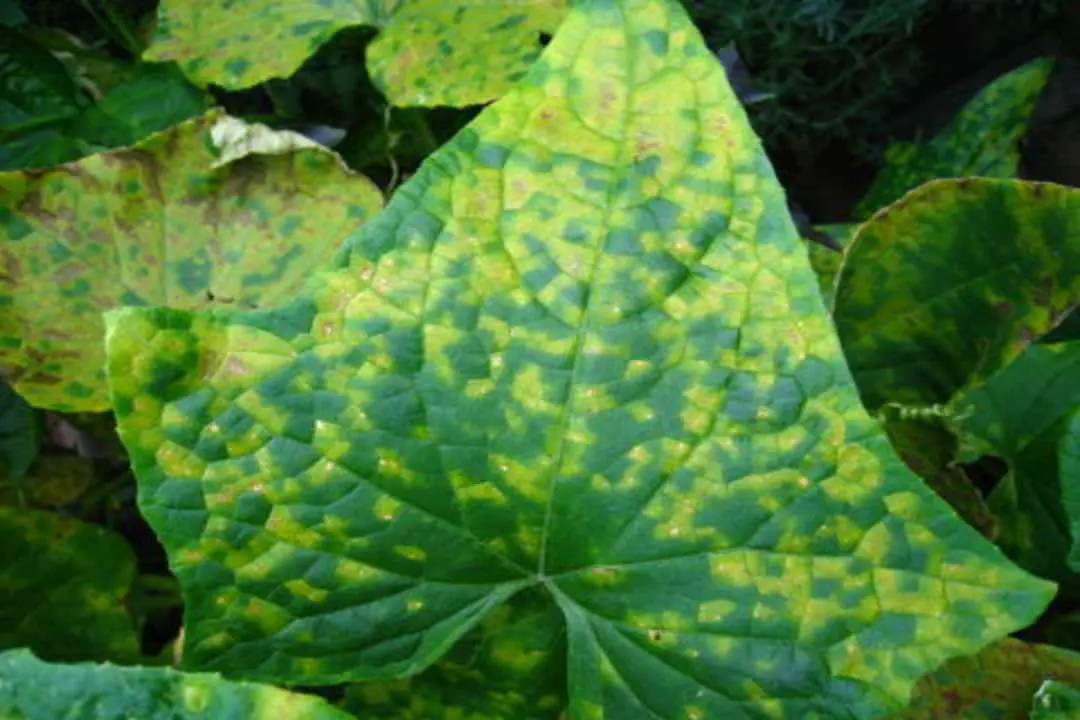Plants are important for life on earth. Apart from providing us food and fresh oxygen, they are mood busters too! With them around, a person feels much more fresh, relaxed, and active than otherwise. Thus, they are essential to us. With plants comes a variety of plant diseases that need to be noticed and acted upon immediately. In order to save your farms or the personal hoe gardens, understanding the most common plant disease is a must.
Here’s our list of the top 10 most commonly witnessed plant diseases that arise regularly
1)Black Spot
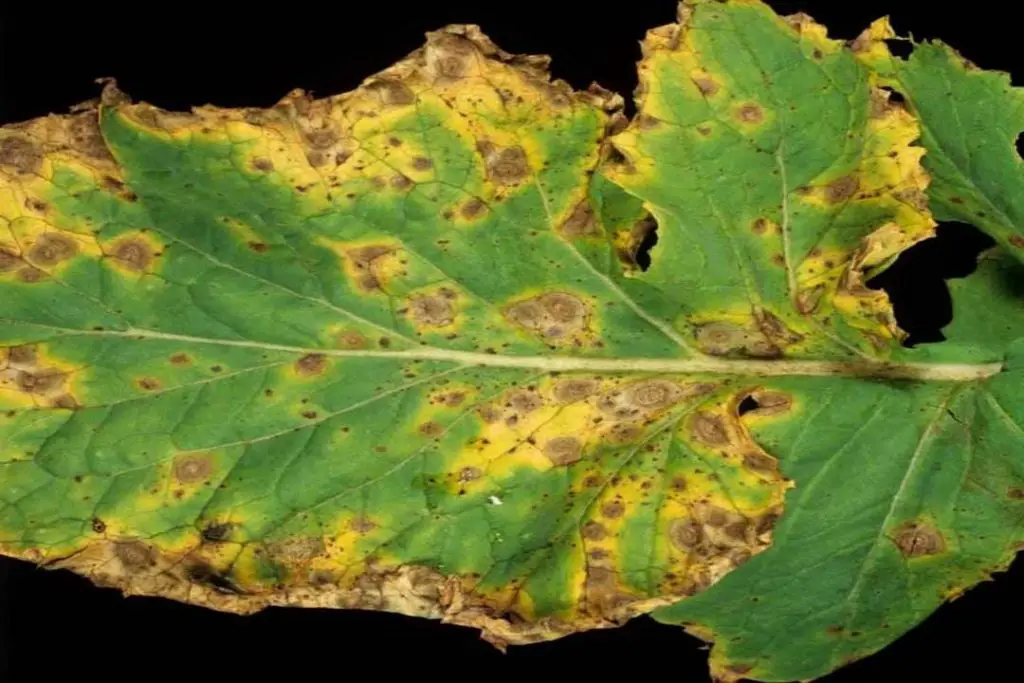
Black Spot is a serious plant disease that needs to be controlled the moment it is noticed! It is a fungal problem that mostly arises in fruits like papaya and flowers like roses. Though black spot doesn’t kill the plants instantly, it does weaken them. Thus, this disease further invites others, until the plant is finally dead. Usually, the black spot plant disease arises in cool and moist weather. The plant then becomes yellow and tends to deteriorate from there. One of the solutions to this problem is, removing the already infected leaves before winter. Put the plants under sunlight so that the morning dew is evaporated as soon as possible.
2) Powdery Mildew
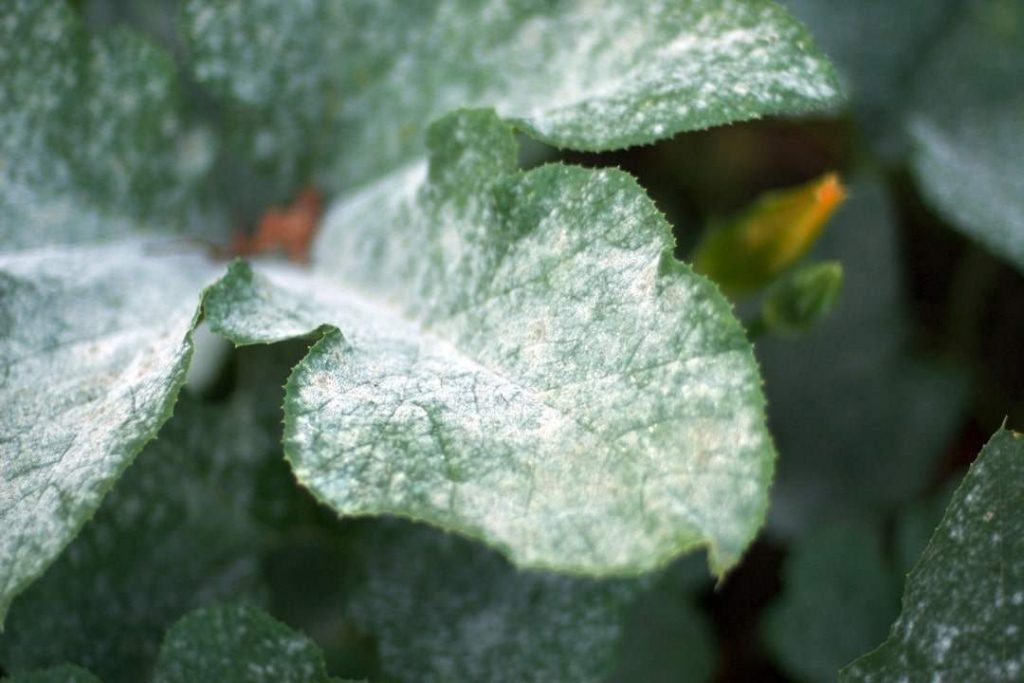
Another commonly found disease in plants is known as Powdery Mildew. In this condition, the infected leaves, flowers, and stems become all covered with a white and dusty coating. It is believed to be caused by fungus. Some examples of the plants that are vulnerable to this disease include peas, daisies, apples, roses, lilacs, cucumbers, grapes, and phlox. Powdery Mildew could be curbed by immediately cutting off the already destructed leaves, thus preventing it to affect others. Proper circulation and good drainage go a long way in protecting your plants from this problem! Also, avoid watering them at night in order to keep the leaves dry.
3) Mosaic Virus
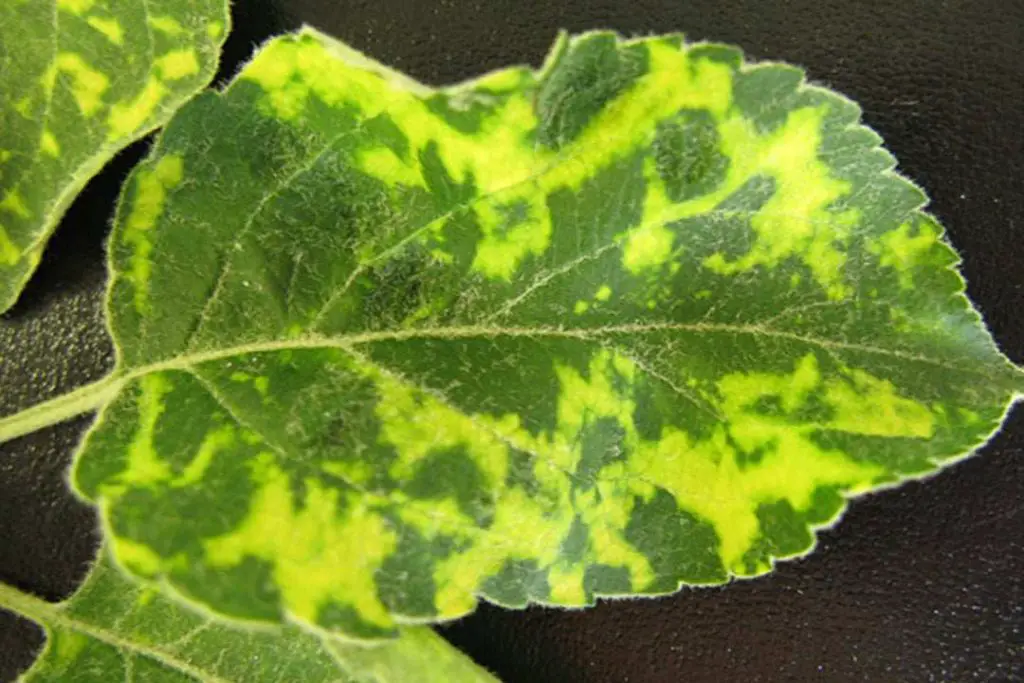
There exist a wide variety of mosaic viruses that impact different plant species differently. The two most commonly faced mosaic viruses are the tobacco mosaic virus and the tomato mosaic virus. More frequently, gardeners encounter these two than the others. Tobacco Mosaic Virus infects lettuce, petunias, beets, peppers, tomatoes, tobacco, and cucumbers. Whereas the Tomato Mosaic Virus contaminates pears, potatoes, cherries, apples, tomatoes as well as peppers. This disease makes the leaves distorted and curled, while also changing their color to mottled yellow. Due to the mosaic virus, the plant’s growth is stunted, further reducing its yield. This problem usually arises in hot weather conditions.
4) Downy Mildew
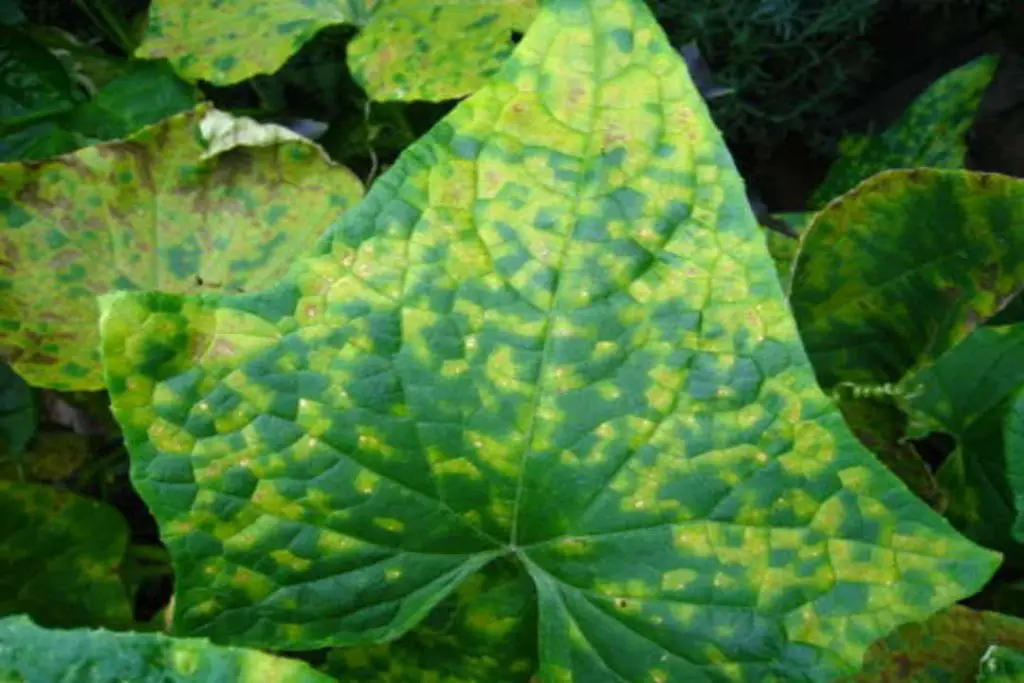
Downy Mildew is another plant disease that is caused by fungus. It usually infects and dampens the edible as well as ornamental plants. Some widely known examples include lettuce, broccoli, cauliflower, grapevines, pansies, impatiens, and columbine. This plant disease is an outcome of not taking proper care of the plants especially during rainy or wet weather. Downy Mildew makes the leaves lose their color while turning the stems and roots into gray and white molds. In order to prevent this plant problem, one must remove the destroyed foliage and even the entire plant if need be! Also, practicing crop rotation on a yearly basis is helpful.
5) Verticillium Wilt
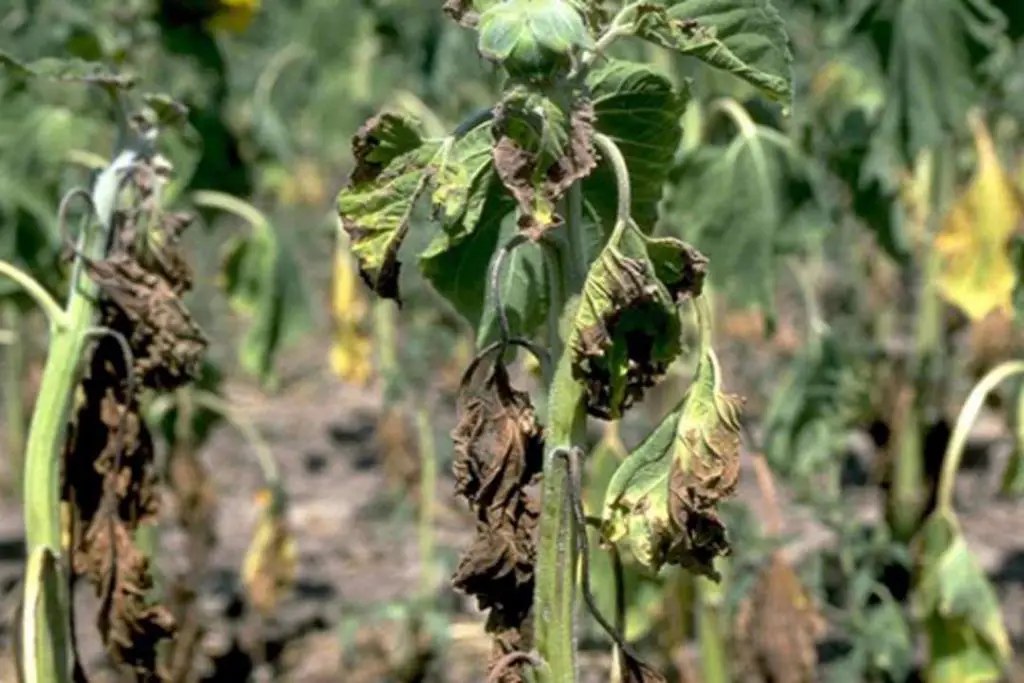
A fungus caused disease, Verticillium Wilt is a recurrent plant problem that affects a vast variety of flora. From shrubs and trees to ornamentals and edibles, this disease has the capacity of destroying any type of plant. Pathogens that usually reside in the soil for longer time periods, enter the plants through their roots and then clog the entire vascular system. Due to this, the foliage turns yellow in color and the branches tend to sag. Verticillium Wilt can be curbed and contained by practicing healthy sanitation practices like timely removal of rotting leaves and edibles. In this disease, even the fungicides are ineffective.
6) Rust Fungus
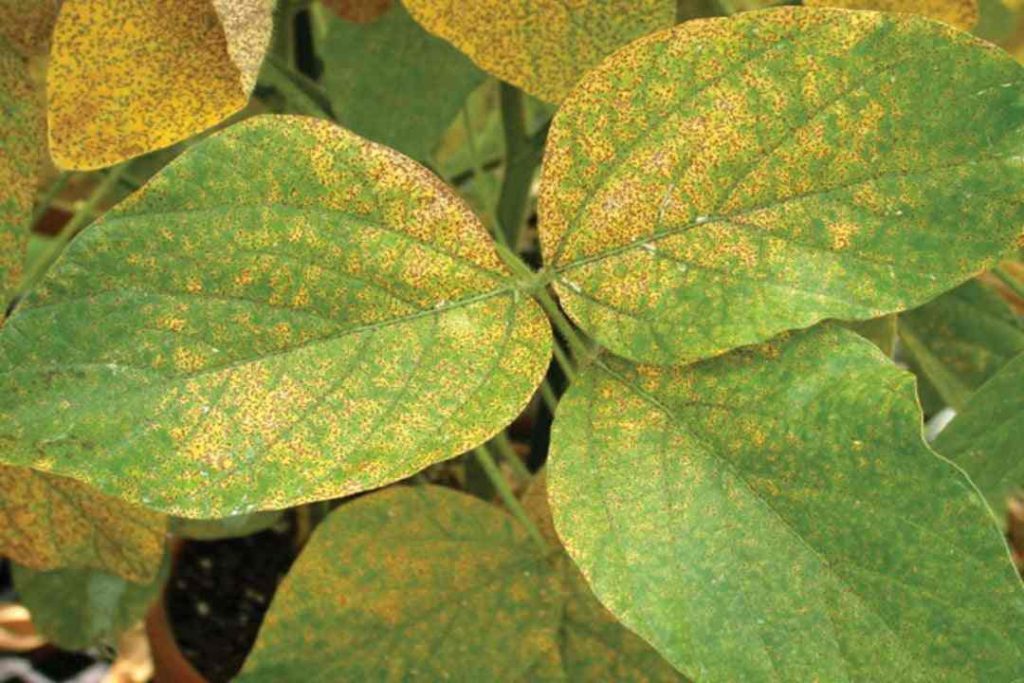
Next up on our list of the most common plant diseases is Rust Fungus. This is another fungus caused plant problem. It is comparatively easy to spot and act upon as the leaves and stems tend to house rusty spots, that usually become worse over time. From orange to red to eventually a black color, the rust fungus deteriorates the entire plant quickly. Plants like daylilies, roses, tomatoes, and hollyhocks easily become victims of the disease. Although fungicides are available for its treatment, utmost care should still be taken. The best practice of separating the infected plants from the others helps in containing the disease.
7) Damping-off disease
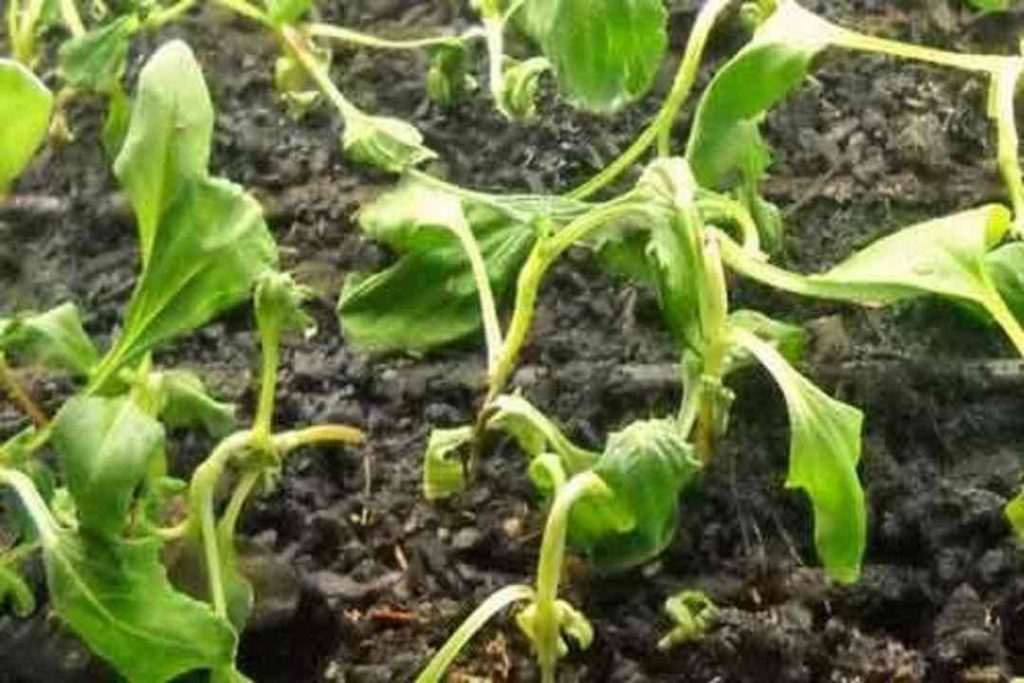
Damping-off disease usually arises in wet and humid weather conditions. It is caused by a variety of soil-borne fungal organisms. Due to this, the seedling is directly attacked leading to the eventual collapse and decay of the entire plant. Thus, the damping-off disease is highly common in the newly sown plants and trees. There exists no treatment to the problem, but following a good plant care routine goes a long way! Using new pots and cell packs and trays is somewhat better than planting them otherwise. Also, try to leave adequate space between the seedlings in order to allow proper ventilation.
8) Sooty Mold
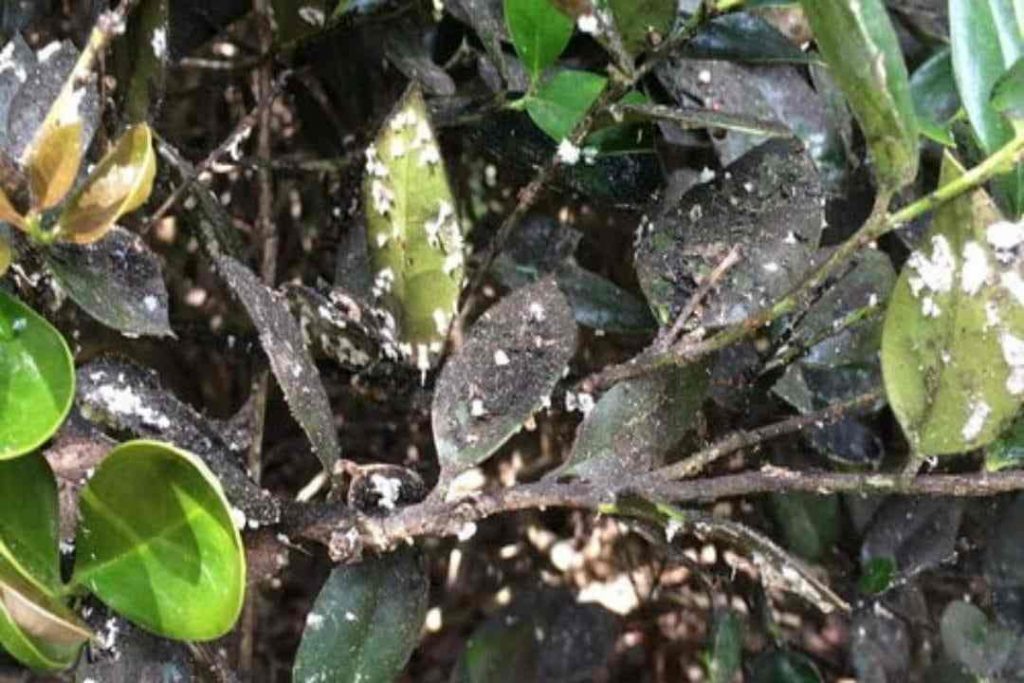
A fungal disease by nature, Sooty Mold is a huge problem that majorly impacts plant growth, eventually leading to its decay. Honeydew is the sticky deposits that breed the fungus and infect the entire plant. Also, it acts as a hurdle in the process of photosynthesis, which is essential for plants’ survival. Due to sooty mold, the plant leaves become weak and begin to shed prematurely. In order to deal with this disease, it is important to control the plant-sucking insects that leave behind the honeydew. Mealybugs, leafhoppers, and aphids are some of the insect examples. One can also spray neem oil or stick Tanglefoot which is a sticky compound that traps the insects.
9) Fusarium Wilt
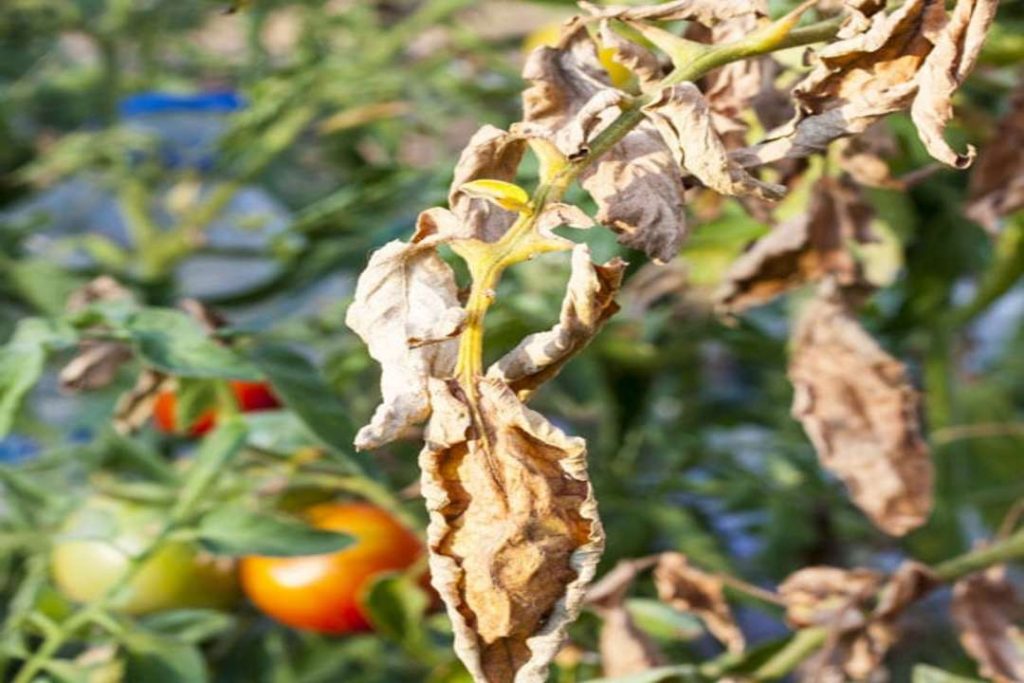
Fusarium Wilt is another kind of Wilt that is mainly caused by soil-borne fungal organisms. Both edible and ornamental plants are the common victims of the disease. Asparagus, beans, peas, and tomatoes are some of the examples. Fusarium Wilt leads to stunted plant growth, curled and wilted leaves, blackened stem as well as a rotted root. This disease mostly occurs in summer and hot weather conditions. A great solution includes cutting off the infected leaves and the entire plant if the situation is really bad. Also, try to plant a set of different plant species in that soil.
10)Snow Mold
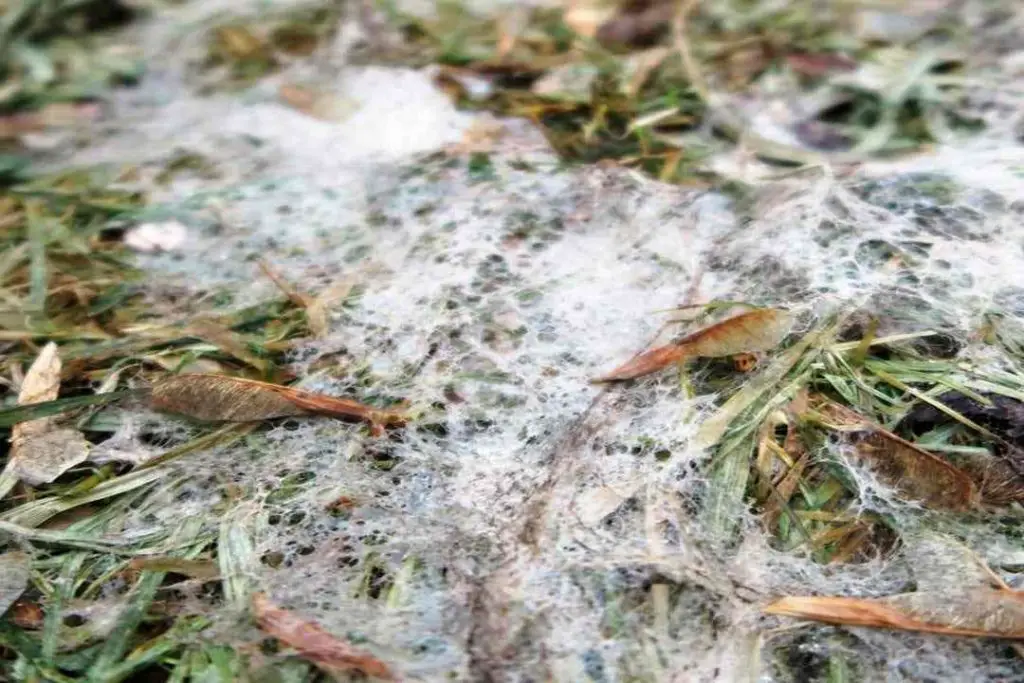
Born in the cold and moist weather conditions, mostly below the snow, Snow Mold is a common fungal plant disease. It usually attacks the turfgrass. Due to the existing snow, it is sometimes difficult to spot the disease. But usually, when the snow starts to melt, the symptoms start to become more visible. At that time, it is necessary to control the problem then and there! One should collect all the matted grass and remove it entirely in order to allow growth for new and healthy plants.


